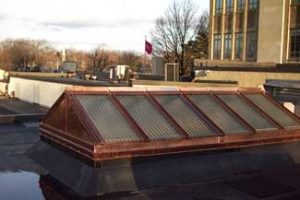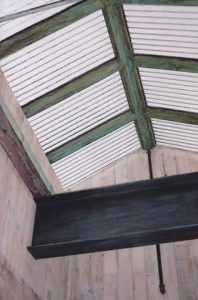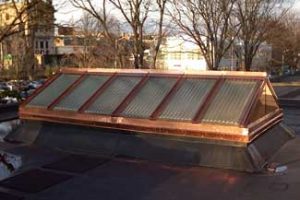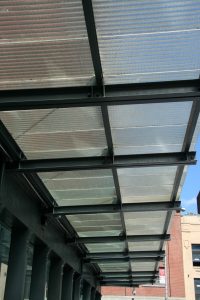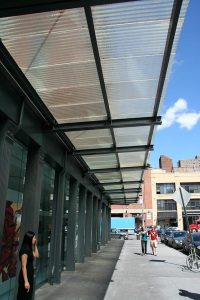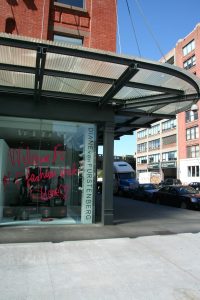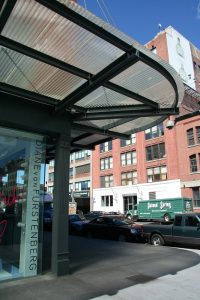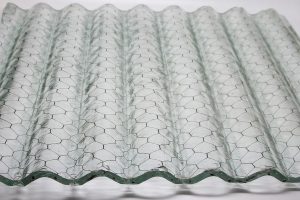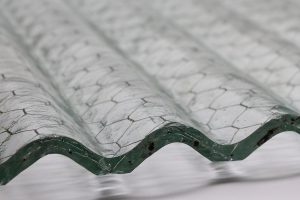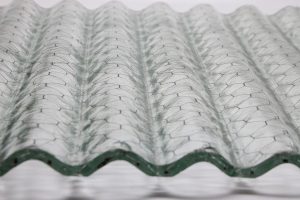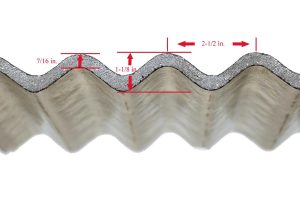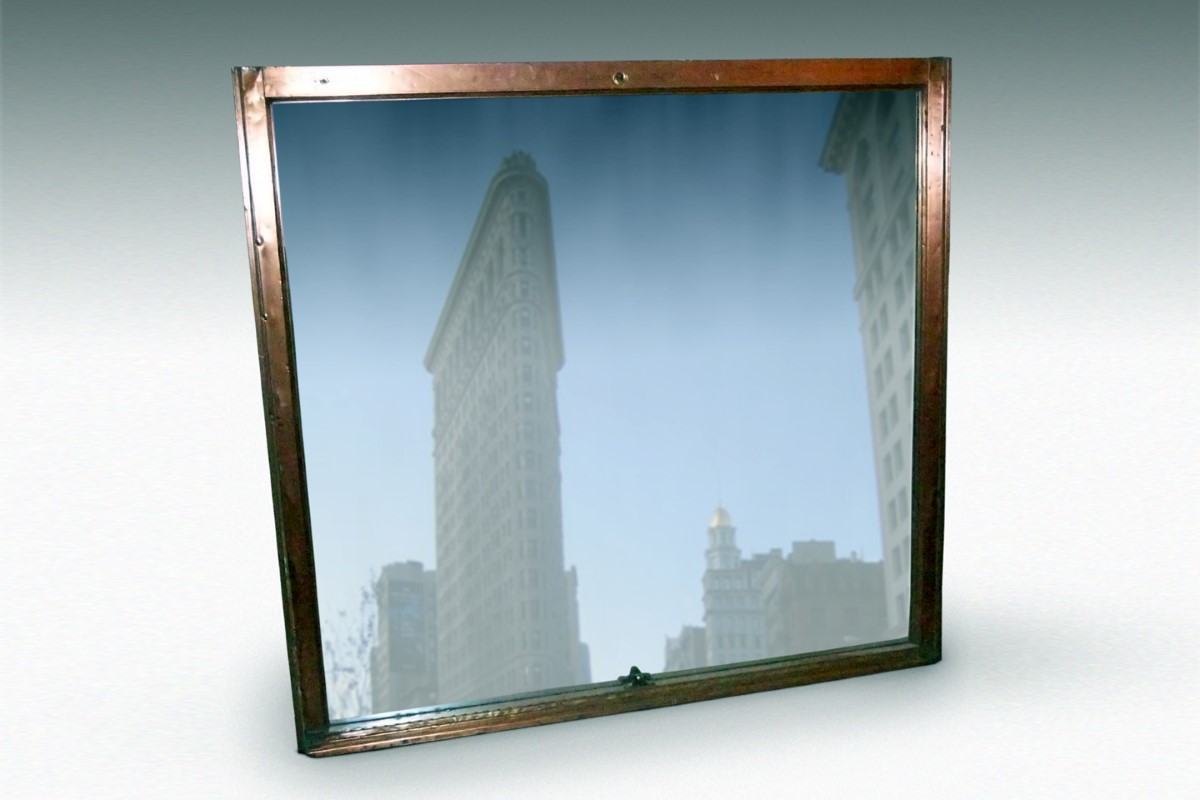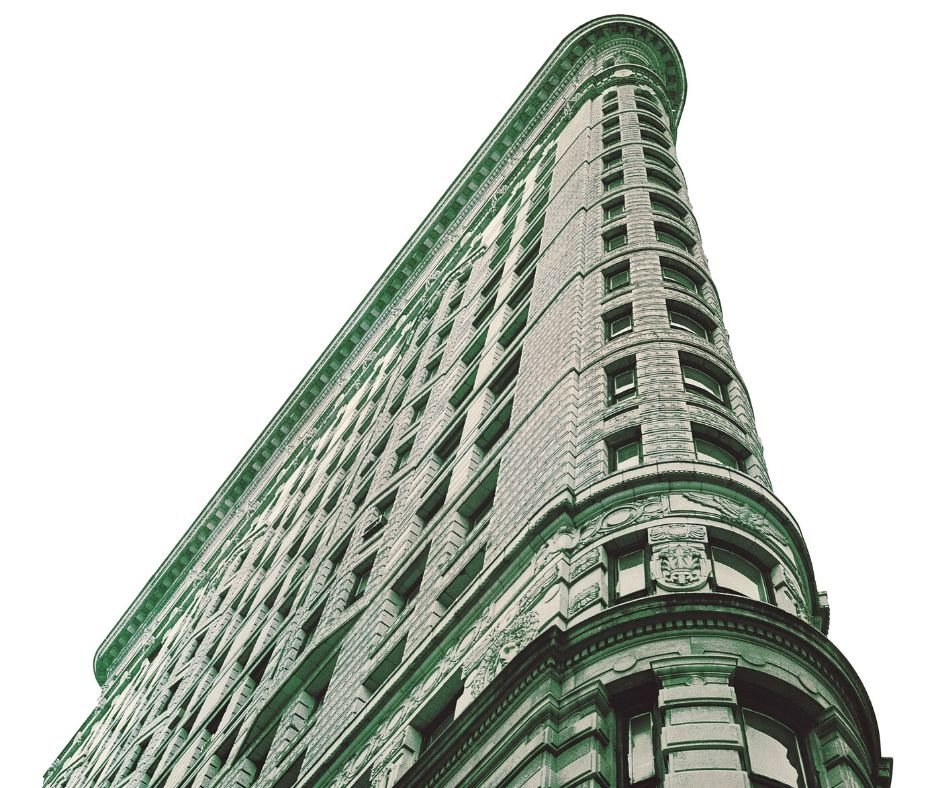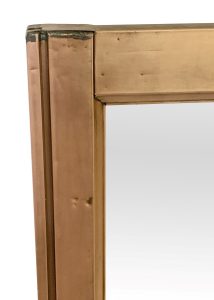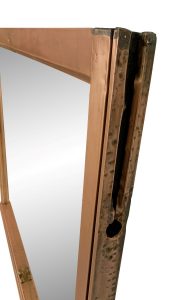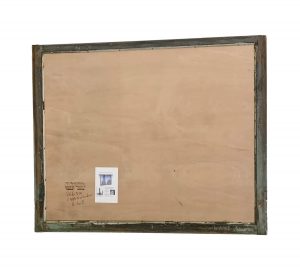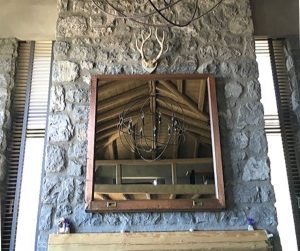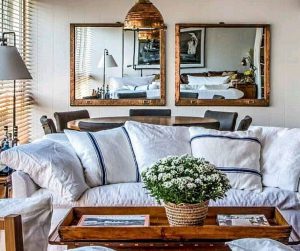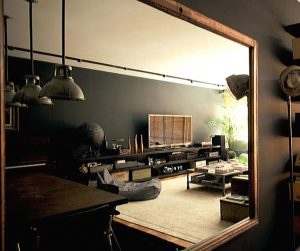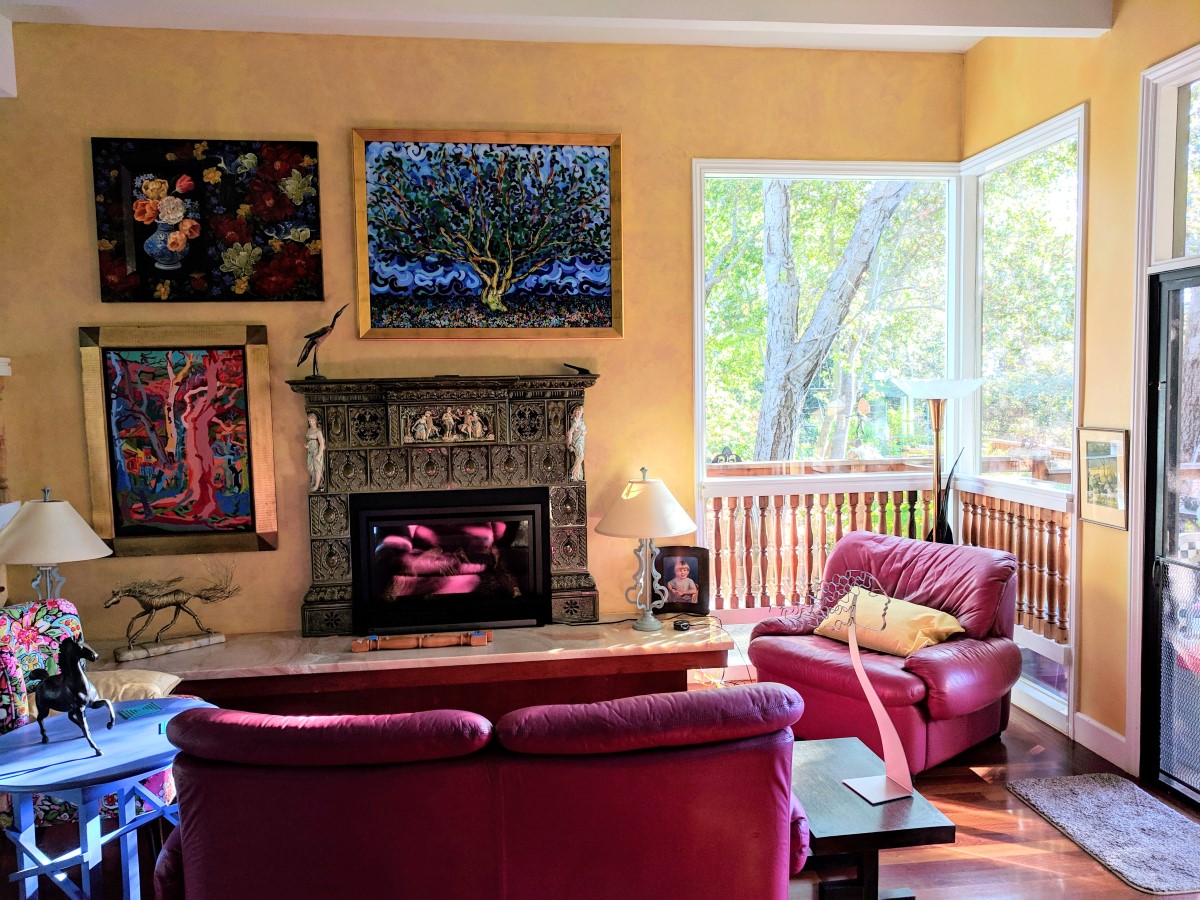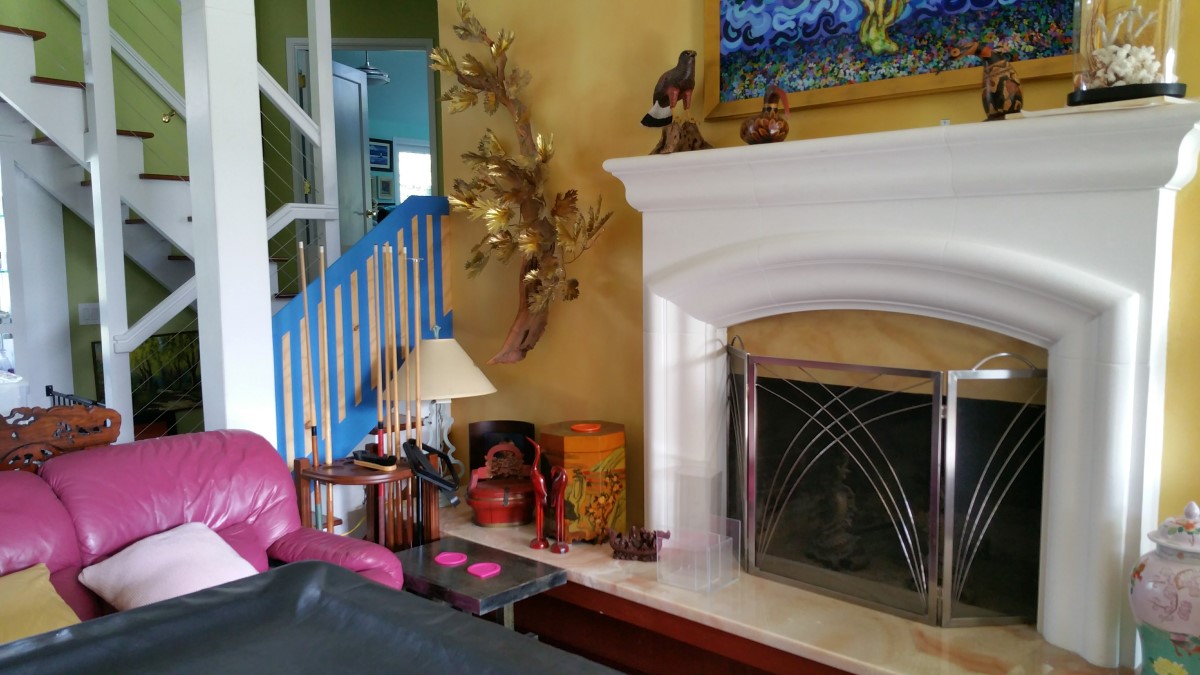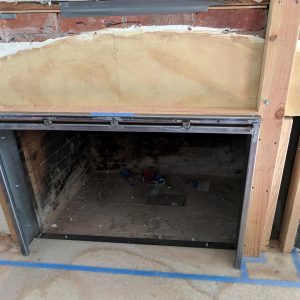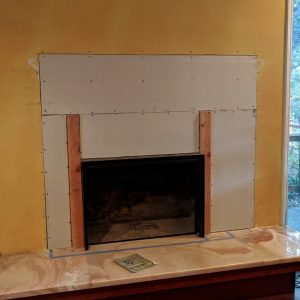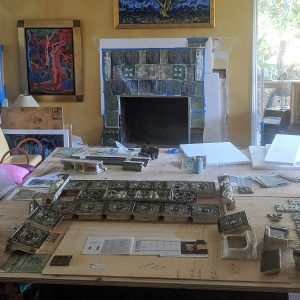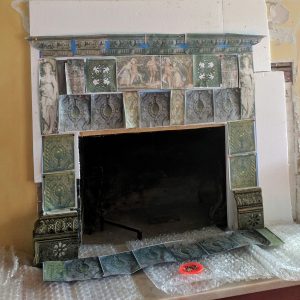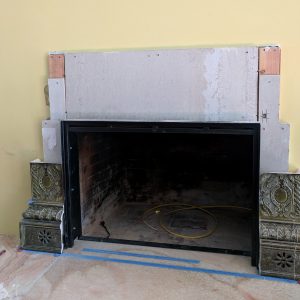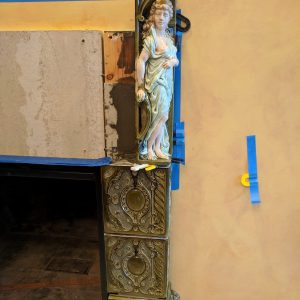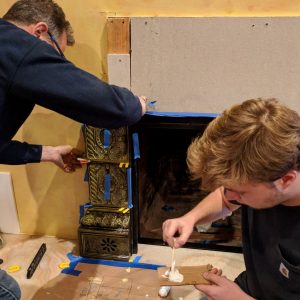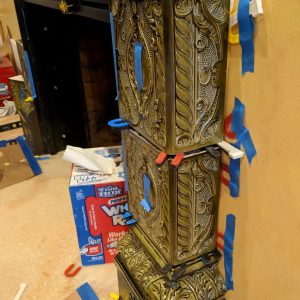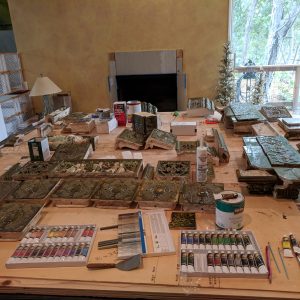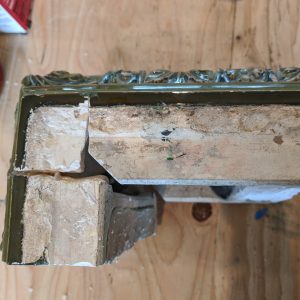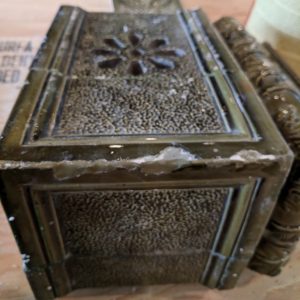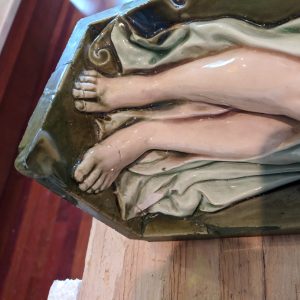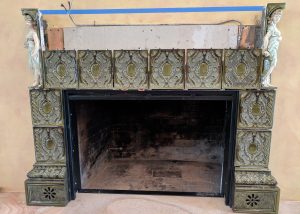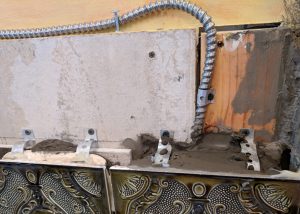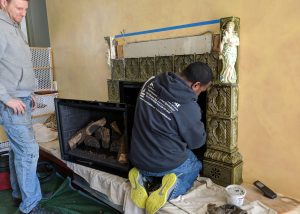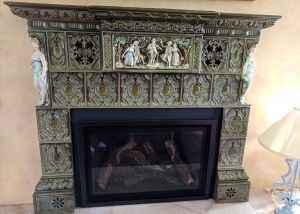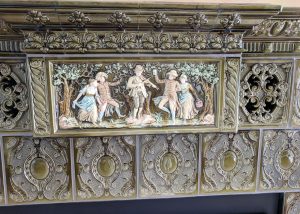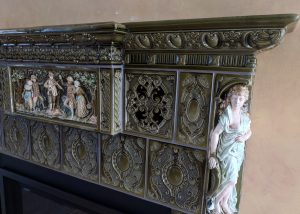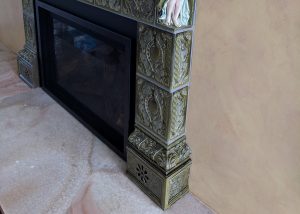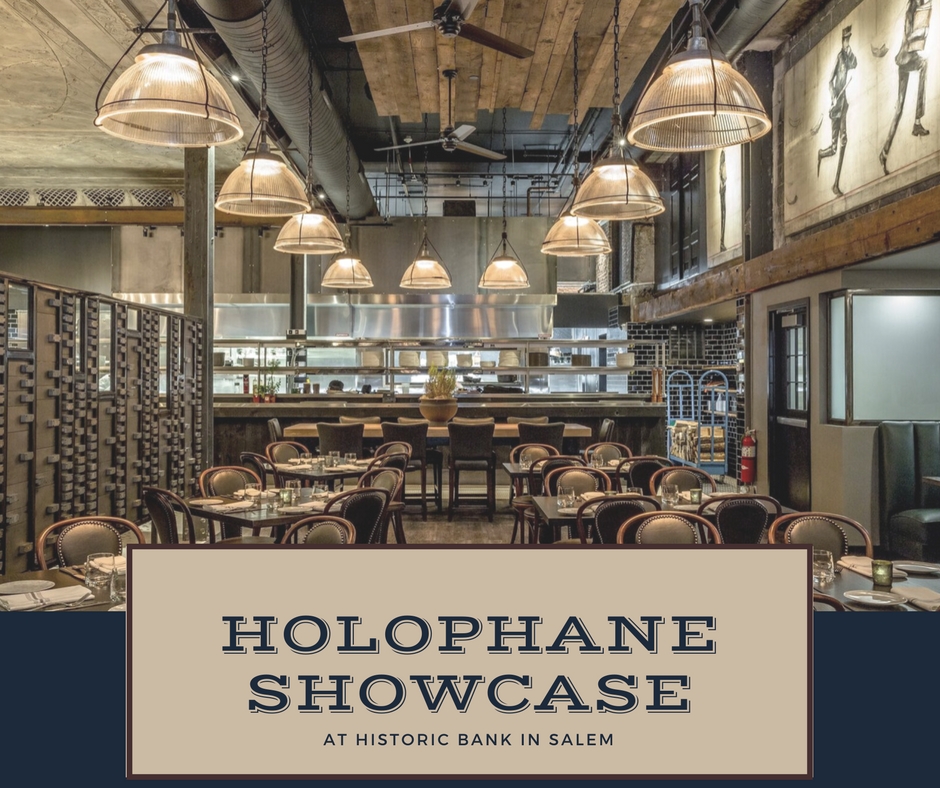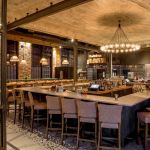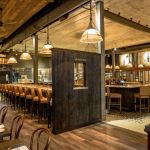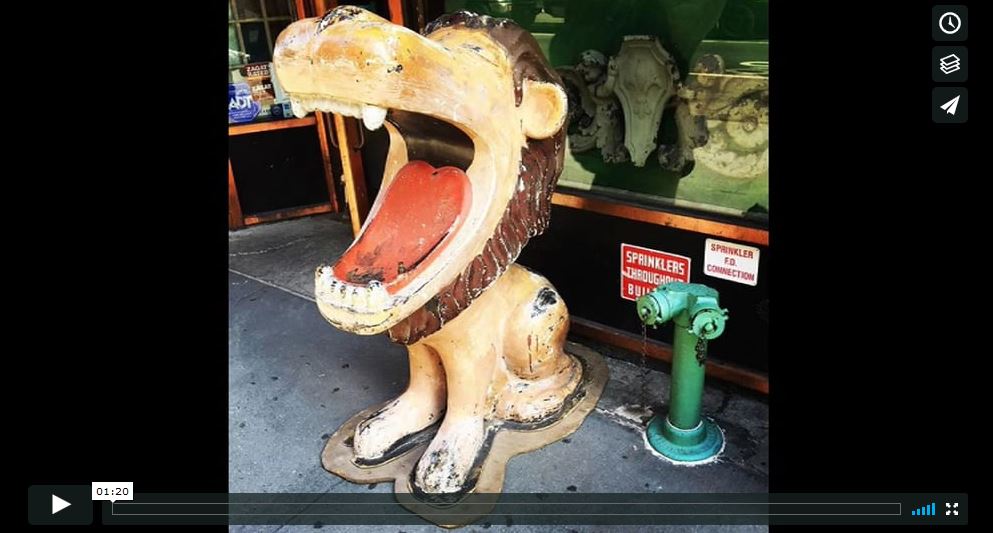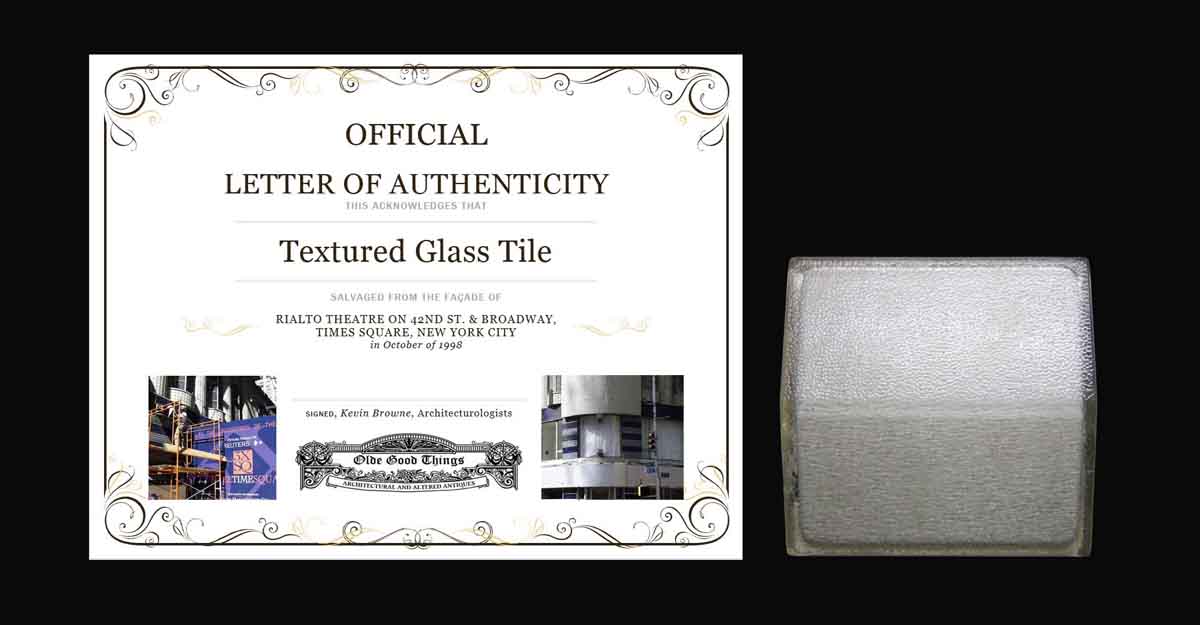Architectural glass canopies and awnings have become a popular feature in high end residential and commercial design. Glass awnings lend a sleek, cutting-edge element to both interiors and exteriors. Custom glass canopies or awnings can be costly when new, so antique reclaimed glass offers a number of advantages, as our clients found when they contacted us to source the glass for two stunning architectural projects in Philadelphia and New York City.
Reclaimed glass is an excellent choice for use in a skylight, awning or canopy. Salvaged glass is a green alternative to newly manufactured glass. When repurposed into fresh environments, reclaimed architectural glass isn’t wasting away in a landfill; it is reborn as a distinguished component of contemporary living. A big plus for buying salvaged materials is the cost savings, as well.
Corrugated Glass Skylight
One example of Olde Good Things corrugated glass repurposing is the New England Skylights architectural project in Philadelphia, using OGT-sourced corrugated wire-enforced glass. The 100-year-old glass was sourced from a historic site, cleaned, restored, and cut to fit the skylight. It was designed with a copper and steel frame into a gable-end style skylight. The client worked closely with the project architect and tradesman to achieve this classic look for a national retail customer. View this Architectural Project.
Corrugated Glass Canopy
In New York City’s Meatpacking District, Diane von Furstenburg’s fashion showroom incorporated Olde Good Things salvaged corrugated glass in an inventive exterior awning that runs the length of both sides of the corner retail space. The awning is contemporary, edgy, and functional. OGT wired glass was mounted on steel beams above the walkway in a stunning display of how repurposed glass can evolve with the urban landscape.
A corrugated glass awning mounted to the structural steel beams runs the two open sides of Diane von Furstenburg’s fashion showroom headquarters in NYC’s Meatpacking District.
Clients have found design success by repurposing Olde Good Things corrugated glass in interiors and exteriors. OGT wire-reinforced glass is both resilient and charming and gives any project a unique look that is a slice of history. Repurposed glass, as our clients discovered, is a design concept that remains both functional and beautiful. These two eye-catching projects are just a sample of the uses OGT corrugated architectural glass has served, and one can find our salvaged architectural glass in corporate spaces, restaurants, retail, and private residences.
Specifications of Corrugated Glass
Olde Good Things is a top source for your antique corrugated glass, with hundreds of pieces of clear and amber glass salvaged from historic buildings. Once a staple of utilitarian usage in factory buildings and industrial facilities, OGT reclaimed glass brings the mark of historic significance to traditional, industrial, retro, and contemporary exteriors and interiors.
Olde Good Things clear corrugated chicken wire glass is ⅜” thick, standard width 27 ¾”, available in sheets up to 84”. It can be cut to size and drilled. Contact us today for advice on your repurposed glass project, or let us know how we can customize your reclaimed architectural glass to suit your design tastes and lifestyle.
